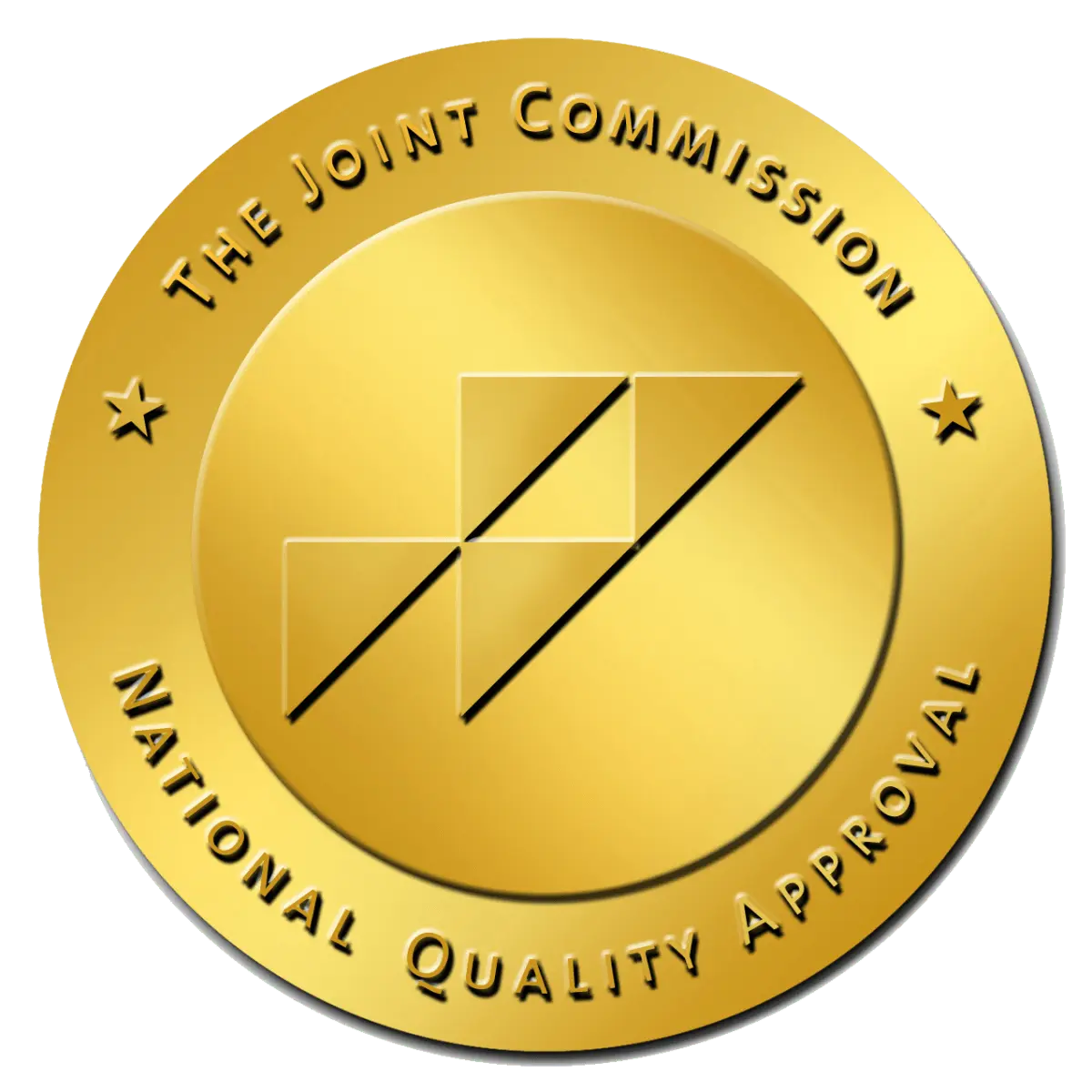What are Heroin Eyes?
Written by: Michelle Beaupre, PhD, LCSW | Reviewed by: Christian Small, MD
At Villa Oasis, we understand that addiction affects not just the mind but also the body in many visible and invisible ways. One of the lesser-known but significant physical signs of heroin use is what is often referred to as “heroin eyes.” This term describes specific changes in the appearance of the eyes that occur due to heroin use, including constricted pupils, persistent redness, and dark circles under the eyes. These changes can be profound, signaling the body’s reaction to the drug and the lifestyle of the user. Recognizing these signs can be a crucial step in acknowledging the need for help and starting on the path to recovery. Heroin eyes not only indicate the presence of heroin in the system but also suggest broader health and lifestyle issues related to addiction, such as poor nutrition, lack of sleep, and overall physical decline.
According to the National Institute on Drug Abuse, the number of heroin-related overdose deaths was nearly seven times higher in 2019 than in 1999, highlighting the critical need for early detection and intervention in heroin use disorders. Heroin eyes are characterized by constricted pupils, redness, and dark circles—symptoms that result not only from the direct pharmacological effects of the drug on the body’s nervous and vascular systems but also from the broader lifestyle impacts associated with addiction, such as sleep deprivation and poor nutrition. Recognizing these signs is vital as they often serve as the first visible markers of substance abuse. By acknowledging these symptoms, individuals and their loved ones can take the first steps toward seeking the necessary help and support offered at facilities like Villa Oasis, where recovery is a possibility and a priority. Our treatment programs are designed to address both the physiological effects of heroin and the underlying factors contributing to addiction, offering a pathway to long-term recovery and a healthier life.

Understanding Heroin Eyes
“Heroin eyes” is a term used to describe a series of specific ocular symptoms that are commonly observed in individuals who use heroin. These symptoms are not just indicators of substance use but also reflect the broader physiological impacts that heroin has on the body. Recognizing these signs can be crucial for early detection and intervention, which is essential given the severe health risks associated with heroin use. According to the Centers for Disease Control and Prevention, there were approximately 13,165 heroin-related overdose deaths in 2020, underscoring the lethal potential of this opioid.
Symptoms of Heroin Eyes:
- Pinned or Constricted Pupils: Often one of the first signs of heroin use, pupils become notably small, a condition known as miosis. This occurs because opioids like heroin impair the sympathetic nervous system’s ability to regulate pupil size, leading to significant constriction.
- Redness and Bloodshot Eyes: Heroin’s impact on the circulatory system causes the blood vessels in the eyes to dilate, leading to persistent redness. If heroin is smoked, the irritation from the smoke further exacerbates this symptom.
- Dark Circles and Puffiness: Chronic heroin use disrupts normal sleep patterns, leading to severe dark circles and puffiness around the eyes. These conditions are aggravated by the overall decline in health due to poor nutrition and neglect of personal care that often accompanies addiction.
The presence of heroin eyes, while a visible marker, signals underlying health issues and a high risk of overdose. This risk has dramatically increased, as evidenced by the rise in overdose deaths, which surged by 15% from 2020 to 2021. Recognizing these signs in oneself and others can lead to timely and potentially life-saving interventions. At Villa Oasis, we emphasize the importance of recognizing these early signs of heroin use as part of our comprehensive treatment programs. Our approach integrates medical detox, personalized therapy, and ongoing support to address both the physiological and psychological aspects of heroin addiction. By understanding and responding to signs like heroin eyes, we help individuals embark on a sustainable path to recovery, reducing the risk of the dire outcomes highlighted by recent statistics. Early detection and intervention are key to improving treatment outcomes and ultimately saving lives in the face of the ongoing opioid epidemic.
Causes of Heroin Eyes
Heroin eyes result from a combination of direct and indirect effects of heroin on the body, reflecting both the physiological impact of the drug and the lifestyle changes associated with addiction. Understanding these causes can help in identifying and addressing the broader health issues faced by individuals struggling with heroin use.
Direct Effects
The direct effects of heroin on the eyes primarily involve its interaction with the central nervous system (CNS). Heroin, like other opioids, binds to opioid receptors in the brain, which influences various bodily functions, including the regulation of pupil size. When heroin is consumed, it activates these receptors and causes the pupils to constrict significantly, a condition known medically as miosis. This effect is so pronounced that it can occur in any lighting condition, making it a reliable indicator of recent opioid use.
Indirect Effects
The indirect effects of heroin use are largely due to the lifestyle commonly associated with sustained substance abuse:
- Irregular Sleep Patterns: Heroin significantly disrupts the sleep cycle, leading to insufficient and poor-quality sleep. This disruption often results in pronounced dark circles and puffiness around the eyes, making the individual appear tired and unwell.
- Poor Nutrition: Addiction can lead to neglect of basic nutritional needs. Malnutrition weakens the body’s overall health and affects the appearance of the skin, particularly around the eyes, leading to a more gaunt and unhealthy look.
- Lack of Personal Hygiene: Individuals suffering from addiction may neglect personal care routines, which can contribute to a range of physical symptoms, including the deterioration of skin quality around the eyes.
Heroin and other opioids are associated with a range of health complications, not least of which are those visible in the eyes. 107,000 drug overdose deaths in 2021 involved an opioid in the U.S., underscoring the severity of the opioid crisis and the critical need for early detection of signs like heroin eyes. Understanding these direct and indirect causes of heroin eyes is crucial for early intervention and effective treatment. At Villa Oasis, we consider these symptoms as important diagnostic tools that help us tailor our interventions more effectively, addressing both the immediate effects of heroin on the body and the lifestyle factors that sustain addiction. This comprehensive approach enhances the likelihood of successful recovery and helps mitigate the broader public health impact highlighted by recent overdose statistics.
Health Implications
While heroin eyes themselves are not harmful, they are indicative of heroin abuse, which has severe health implications. Regular heroin use can lead to a variety of life-threatening conditions, including respiratory depression, infectious diseases from needle sharing, and the risk of overdose. The appearance of heroin eyes should be seen as a warning sign that professional help is needed.
Treatment Options at Villa Oasis
Villa Oasis offers comprehensive treatment programs designed to address both the physical and psychological aspects of heroin addiction. Our approach includes:
- Medical Detox: The first step in treating heroin addiction is often detoxification, where the drug is safely removed from the body under medical supervision. This process helps manage withdrawal symptoms, which can include severe cravings, nausea, sweating, and shaking. Learn more about how long heroin withdrawal lasts.
- Residential Treatment: Our residential treatment program provides a structured environment where individuals can focus entirely on recovery. The program includes individual therapy, group sessions, and holistic therapies designed to heal the body and mind.
- Outpatient Services: For those who have completed residential treatment or require a less intensive level of care, our outpatient services of Intensive Outpatient Program (IOP) and Partial Hospitalization Program (PHP) offer ongoing support and therapy. This allows individuals to continue their recovery while integrating into their daily lives.
- Sober Living: Villa Oasis also provides sober homes that offer a supportive and drug-free environment. These homes serve as a transitional living option for individuals who are recovering from heroin addiction and need a stable environment to reinforce sobriety.

Supporting Recovery and Beyond
Recovery from heroin addiction is a long-term process that requires continuous support and dedication. At Villa Oasis, we are committed to providing our clients with the tools and support needed to overcome addiction, reclaim their health, and build a fulfilling life in sobriety. Understanding the signs of heroin use, such as heroin eyes, can be the first step towards seeking help. If you are wondering whether a loved one is using heroin or if you have heard unfamiliar heroin street names and suspect use, we encourage you to reach out. Our team of experts is ready to provide compassionate care and effective treatment tailored to each individual’s needs.
At Villa Oasis, we believe in the possibility of recovery for every individual. Recognizing the signs, such as heroin eyes, and understanding the implications can empower you or your loved one to take the necessary steps toward a healthier, drug-free life. Is my loved one on heroin? If you suspect so, contact us today to learn more about our programs and how we can help you on your journey to recovery.

